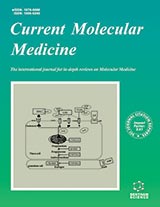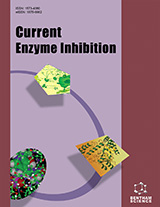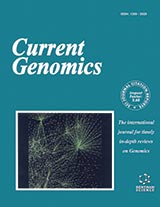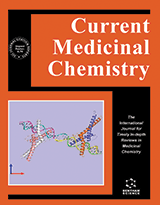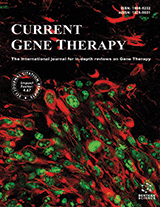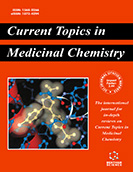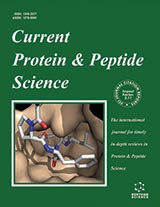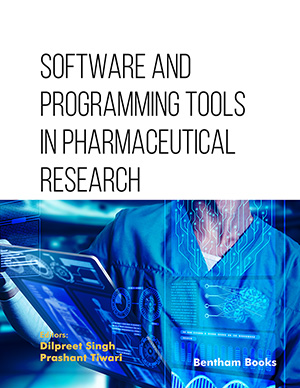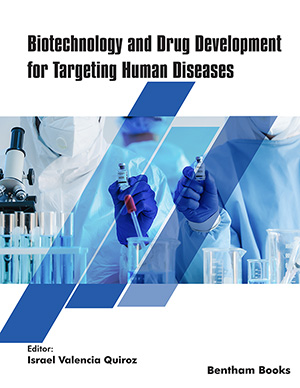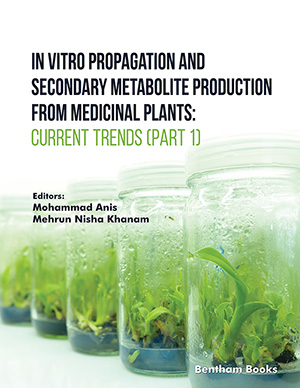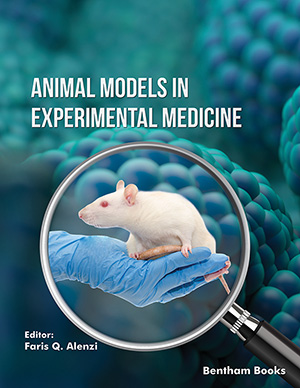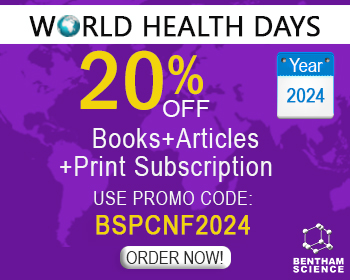Abstract
Class III β-tubulin (TUBB3) is a prominent mechanism of drug resistance expressed in a variety of solid tumors and particularly in lung and ovarian cancer. In the classical view, TUBB3 expression and drug resistance have been linked, and together they have been associated with a perturbation in microtubule dynamics. In keeping with this observation, TUBB3 was associated with drug resistance only when chemotherapy included a taxane in its chemical composition. In this review, we demonstrate that the classical supposition about TUBB3 is not correct, and that instead TUBB3 expression is linked to drug resistance as a complex survival mechanism activated by microenvironmental conditions such as poor nutrient supply and hypoxia.
Keywords: Tubulin, biomarkers, drug-resistance, poor outcome, pharmacogenomics, toxicity, biomediators, myeloid leukemia, tumors, imatinib, dasatinib, nilotinib, oncogene, carcinoma, angiogenesis
Current Molecular Medicine
Title: Class III β -Tubulin (TUBB3): More than a Biomarker in Solid Tumors?
Volume: 11 Issue: 9
Author(s): M. Mariani, S. Shahabi, S. Sieber, G. Scambia and C. Ferlini
Affiliation:
Keywords: Tubulin, biomarkers, drug-resistance, poor outcome, pharmacogenomics, toxicity, biomediators, myeloid leukemia, tumors, imatinib, dasatinib, nilotinib, oncogene, carcinoma, angiogenesis
Abstract: Class III β-tubulin (TUBB3) is a prominent mechanism of drug resistance expressed in a variety of solid tumors and particularly in lung and ovarian cancer. In the classical view, TUBB3 expression and drug resistance have been linked, and together they have been associated with a perturbation in microtubule dynamics. In keeping with this observation, TUBB3 was associated with drug resistance only when chemotherapy included a taxane in its chemical composition. In this review, we demonstrate that the classical supposition about TUBB3 is not correct, and that instead TUBB3 expression is linked to drug resistance as a complex survival mechanism activated by microenvironmental conditions such as poor nutrient supply and hypoxia.
Export Options
About this article
Cite this article as:
Mariani M., Shahabi S., Sieber S., Scambia G. and Ferlini C., Class III β -Tubulin (TUBB3): More than a Biomarker in Solid Tumors?, Current Molecular Medicine 2011; 11 (9) . https://dx.doi.org/10.2174/156652411798062368
| DOI https://dx.doi.org/10.2174/156652411798062368 |
Print ISSN 1566-5240 |
| Publisher Name Bentham Science Publisher |
Online ISSN 1875-5666 |
 33
33
- Author Guidelines
- Graphical Abstracts
- Fabricating and Stating False Information
- Research Misconduct
- Post Publication Discussions and Corrections
- Publishing Ethics and Rectitude
- Increase Visibility of Your Article
- Archiving Policies
- Peer Review Workflow
- Order Your Article Before Print
- Promote Your Article
- Manuscript Transfer Facility
- Editorial Policies
- Allegations from Whistleblowers
Related Articles
-
Role of Liprins in the Regulation of Tumor Cell Motility and Invasion
Current Cancer Drug Targets MDA-7/IL-24-Based Cancer Gene Therapy: Translation from the Laboratory to the Clinic
Current Gene Therapy Focal Adhesion Kinase: From In Vitro Studies to Functional Analyses In Vivo
Current Protein & Peptide Science The Interactions of Anti-Cancer Drugs Approved in the Last Decade in the United States with Membrane Transporters
Anti-Cancer Agents in Medicinal Chemistry The Influence of DNA Methylation on Bone Cells
Current Genomics Fluorescent Dyes for Bio-Applications in the Patent Literature
Recent Patents on Materials Science Chemistry and Health Effects of Bioactive Compounds in Selected Culinary Aromatic Herbs
Current Nutrition & Food Science Power from the Garden: Plant Compounds as Inhibitors of the Hallmarks of Cancer
Current Medicinal Chemistry Effects of Surface Morphology Variation on the Degradation Rate of Poly(L-Lactic Acid) Membranes and the Behavior of Attached Cells
Micro and Nanosystems Anatomic Site-Related Expression of Cancer-Associated Molecules in Ovarian Carcinoma
Current Cancer Drug Targets Eicosanoids in Prevention and Management of Diseases
Current Molecular Medicine mTOR Inhibition and the Tumor Vasculature
Current Angiogenesis (Discontinued) The Synergistic Effect of Humanized Monoclonal Antibodies Targeting Insulin-Like Growth Factor 1 Receptor (IGF-1R) and Chemotherapy
Current Drug Targets Management of Endometrial Cancer: A Review
Reviews on Recent Clinical Trials Inhibition of Pigment Epithelium-Derived Factor (PEDF) Augments Vascular Endothelial Growth Factor (VEGF)-Induced Recovery of Limb Perfusion after Ischemia in Klotho Mouse
Letters in Drug Design & Discovery Pharmacological Inhibitors of NAD Biosynthesis as Potential An ticancer Agents
Recent Patents on Anti-Cancer Drug Discovery Cationic Lipophilic Radiotracers for Functional Imaging of Multidrug Resistance
Current Radiopharmaceuticals Novel Target Identification Technologies for the Personalised Therapy of Type II Diabetes and Obesity
Immunology, Endocrine & Metabolic Agents in Medicinal Chemistry (Discontinued) Inhibitors of the Chemokine Receptor CXCR4: Chemotherapy of AIDS, Metastatic Cancer, Leukemia and Rheumatoid Arthritis
Letters in Drug Design & Discovery Potential of Plant-Derived Natural Products in the Treatment of Leukemia and Lymphoma
Current Drug Targets


